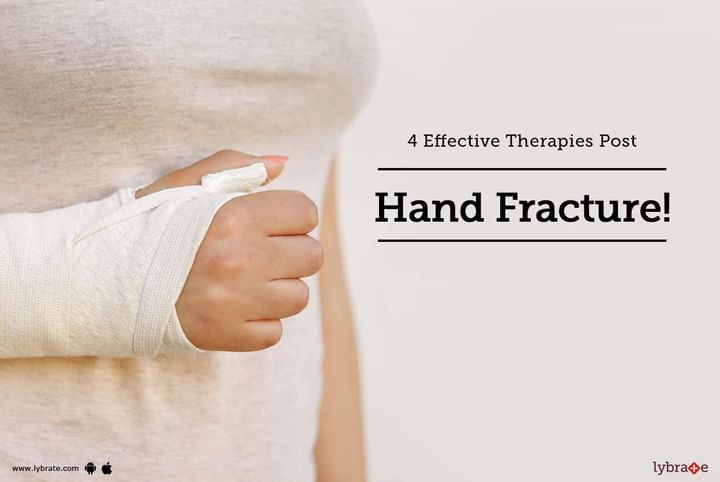4 Effective Therapies Post Hand Fracture!
A hand fracture is a condition characterized by broken bones of the hand. The bones in the hand include the bones that are present in the fingers and the wrists. A fracture of the hand tends to occur when you bend or twist your hand in the wrong manner. It may also be caused by injuries related to sports and falls.
Symptoms
Symptoms of swelling and pain are the most common of them all. The range of motion for the affected hand will be reduced as well. The knuckle bone may appear to have been sunken in. Most obviously, it will be difficult in carrying out regular tasks which need the hands.
Therapies
The initial treatment for a hand fracture will be focused on reducing the pain. Pain relieving medications such as ibuprofen will be administered which provides relief from the pain. The next step will be to keep the affected hand immobilized so as not to hamper the recovery process. Once stability is restored, therapeutically relevant exercises are prescribed to help normalize the regular hand movements.
The following exercises are relevant in case of a hand fracture:
- Wringing a towel: This is an exercise wherein you wring a towel to improve flexibility and strength in the hand. Simply grab a towel and twist it in both directions; imagine wringing water from the towel.
- Rolls of the wrist: Wrist rolls aim to increase the ROM (range of motion) in your wrists and the hands. Hold the hand steady and rotate your wrists both clockwise and anticlockwise. You can also hold a light weight in your hand to make it more challenging.
- Prayer stretch: A prayer stretch is another exercise that can help boost your wrist flexibility. You start by positioning the palms together like in a prayer, then hold up the elbows while pushing the hands against each other. You should feel a stretch in your wrists and hands.
- Grasping: This is a technique wherein you grasp objects to improve your grip strength. Try gripping objects such as tennis ball or stress balls to get your gripping ability up to normal levels. If you wish to discuss about any specific problem, you can consult a Physiotherapist.



+1.svg)
